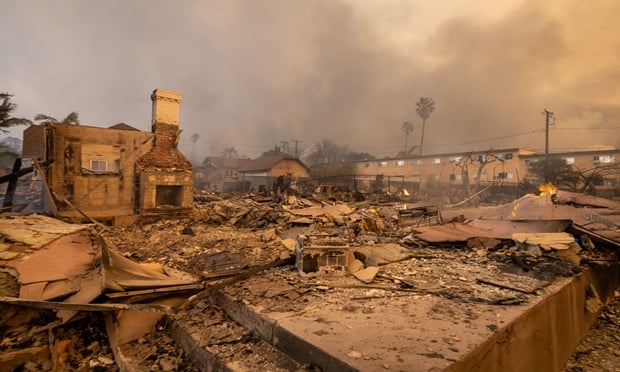Despite the record catastrophe losses the industry experienced in 2005, with some exceptions it will not create a hard priced market, reinsurance broker Guy Carpenter & Company said in a report.
The company, a subsidiary of Marsh & McLennan Companies, issued its “U.S. Reinsurance Renewals at Jan. 1, 2006″ study reviewing pricing, retentions and limits, capacity, and terms and conditions covering the property, casualty, marine, offshore energy and other lines of business.
The firm found that, overall, the record storm activity of 2005 resulted in major price increases in property and marine lines, while casualty and accident and health lines were mostly spared.
Recommended For You
Want to continue reading?
Become a Free PropertyCasualty360 Digital Reader
Your access to unlimited PropertyCasualty360 content isn’t changing.
Once you are an ALM digital member, you’ll receive:
- Breaking insurance news and analysis, on-site and via our newsletters and custom alerts
- Weekly Insurance Speak podcast featuring exclusive interviews with industry leaders
- Educational webcasts, white papers, and ebooks from industry thought leaders
- Critical converage of the employee benefits and financial advisory markets on our other ALM sites, BenefitsPRO and ThinkAdvisor
Already have an account? Sign In Now
© 2025 ALM Global, LLC, All Rights Reserved. Request academic re-use from www.copyright.com. All other uses, submit a request to [email protected]. For more information visit Asset & Logo Licensing.








